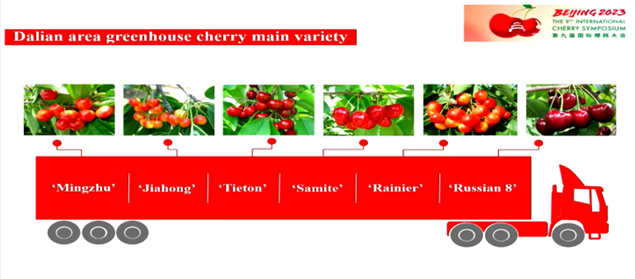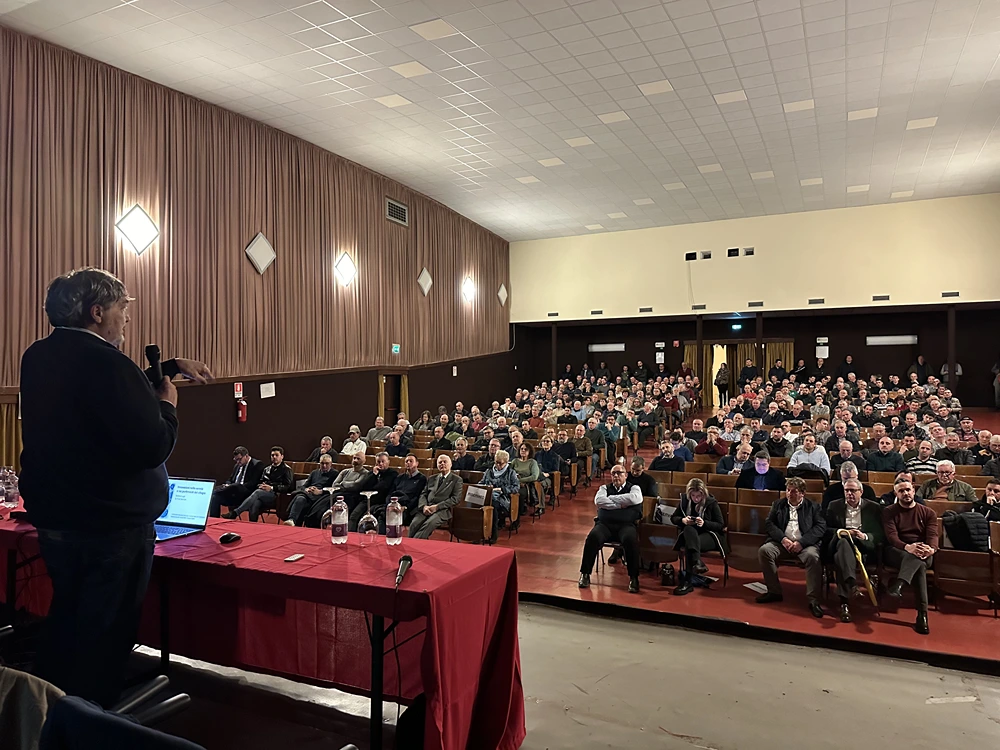A fruit born to endure extreme frost and win over the palates of pie cherry lovers. The “FE” pie cherry is the latest addition to the patented varieties (pending approval) from HoneyberryUSA, a U.S. company specializing in cold-hardy berries. This new soft-fleshed cherry is now available at the company’s headquarters in Bagley, Minnesota.
A cherry born from a family story
The “FE” is much more than a new commercial variety: it is the result of over 60 years of observation, passion, and natural selection that began in the garden of Francis Elizabeth McCartney, fondly remembered as "Momma McCartney." In the 1960s, in Great Falls, Montana, she planted a grafted North Star cherry tree. When the grafted part began to decline, she let natural suckers grow, which over time proved to produce fruit with darker flesh and even richer flavor.
In the 1990s, new specimens were planted in Bozeman, also in Montana, where they showed further adaptability and organoleptic quality. But it was in 2014 that an industry expert, a family friend, recognized in those trees a unique potential, calling them the “King of Cherries” and encouraging the propagation of the variety.
The “FE”: resilience, flavor, and versatility
The result of this long journey is now the “FE” (an acronym honoring Francis Elizabeth), a Prunus cerasus suited to extreme climates, able to withstand temperatures below -45 °C (-49 °F). The tree grows to 2.5–3.5 meters (8–11.5 ft) in height and can exceed 8 meters (26 ft) in width.
Its cherries weigh between 4 and 5 grams, with a Brix level ranging from 17 to 21, ideal for those seeking a perfect sweet-tart balance for pies, fresh eating, or winemaking. The flesh has an unusual yellow-pink color that darkens with processing or freezing, while the skin and juice are bright red.
An opportunity for flavor lovers
HoneyberryUSA, based in Bagley, is known for cultivating and distributing fruits suited to USDA Zone 3, such as haskap, currants, saskatoon, hardy kiwis, and seaberries. Each summer, it also opens its gates to the public with its U-Pick Farm.
With the “FE” cherry, the company expands its offering and provides an interesting opportunity even for European growers seeking hardy varieties suitable for cold climates. An innovation that could also find space in the Italian processing cherry market, still searching for high-performing varieties in mountainous or inland areas.
Source text and image: bemidjipioneer.com
Cherry Times - All rights reserved












